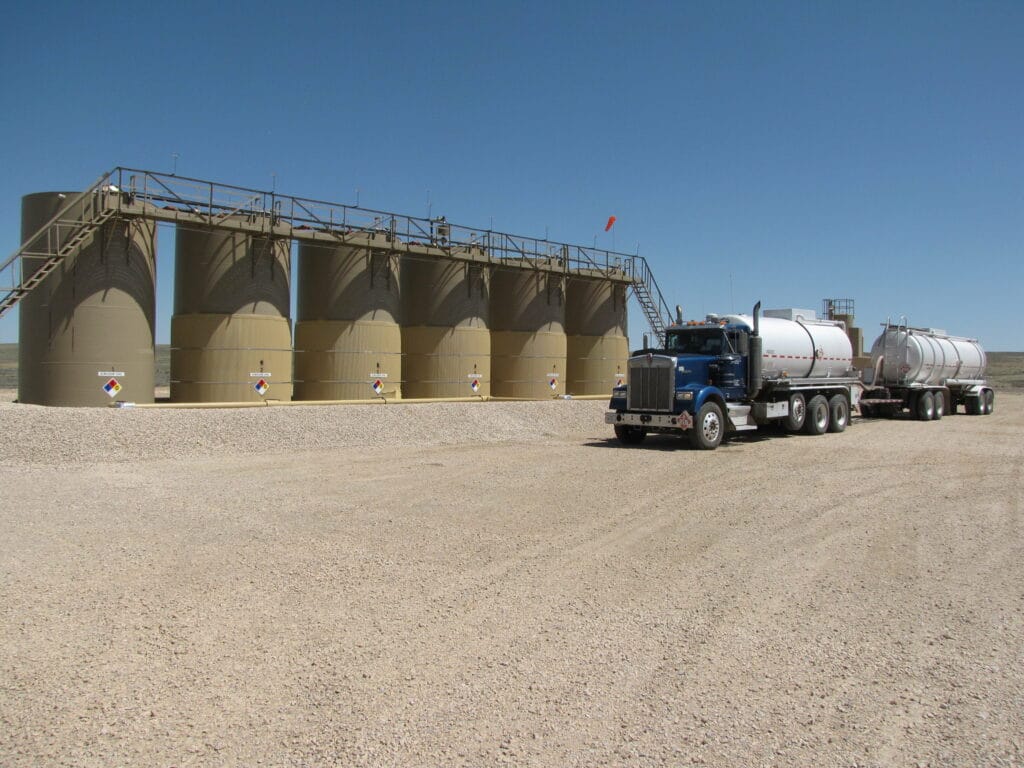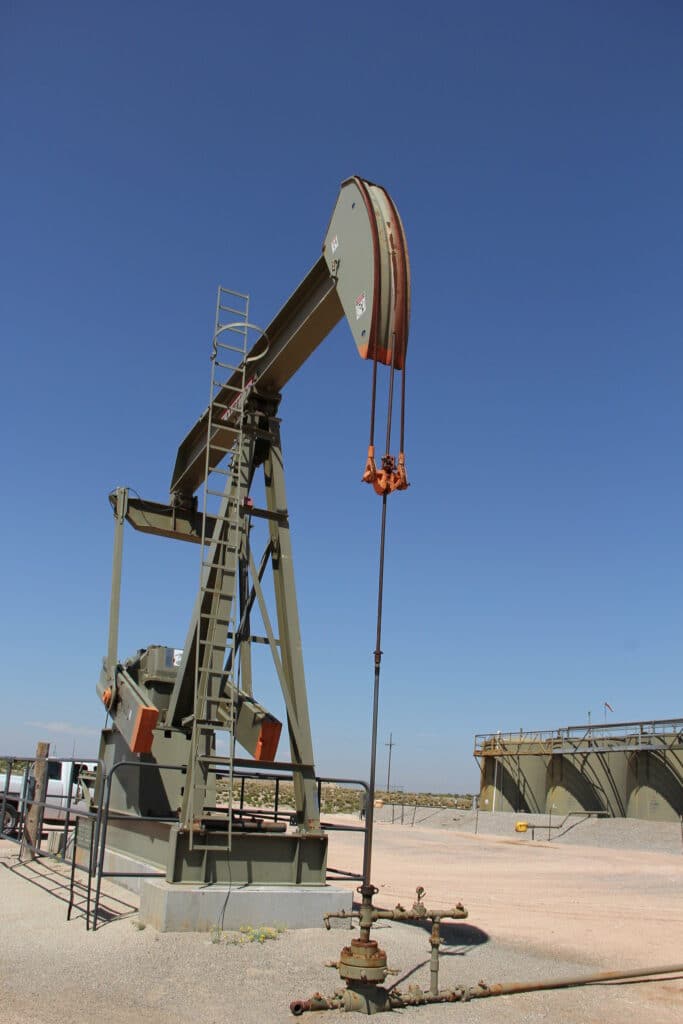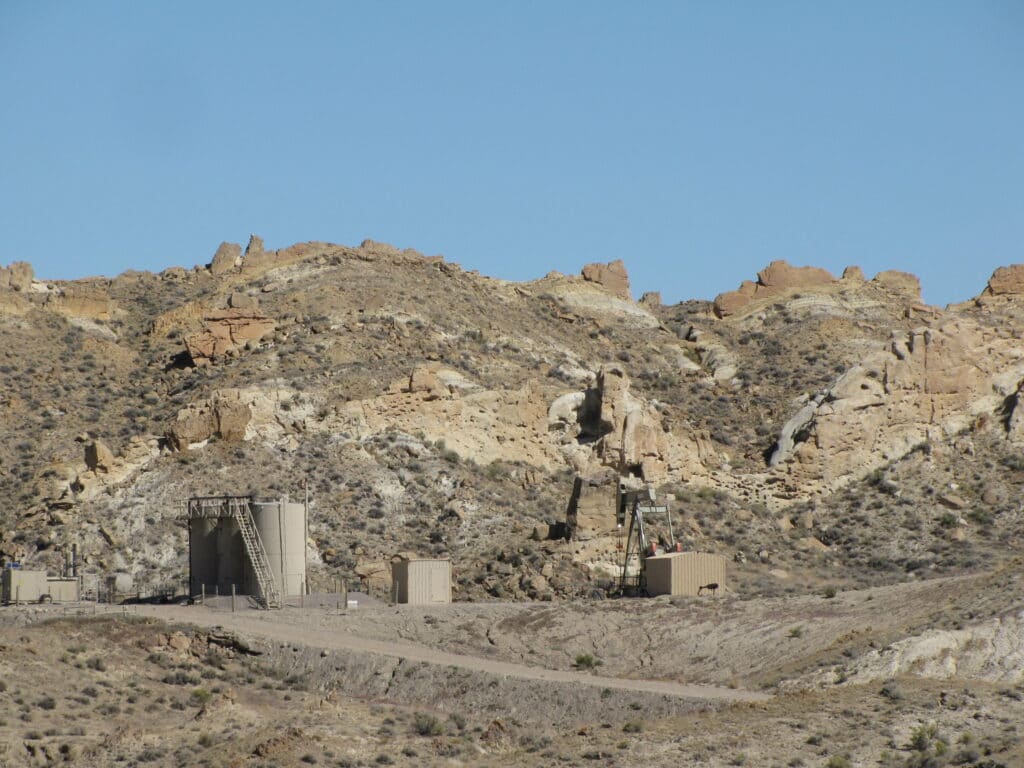Miami Herald
Rain turns Miami street into ‘a river,’ but it’s at the end of the list for flood fixes
The area of Fourth Street and Fourth Terrace is a charming pocket of Flagami. It’s near good schools, has beautiful old trees and is the kind of place where neighbors will cook hot meals for the whole block when the power goes out.
It also floods. A lot. And half a dozen residents agree: it’s gotten worse recently.
But this neighborhood is last in line for fixes in Miami’s $3.8 billion storm-water master plan, the city’s road map for surviving the two feet of sea rise that threatens by 2060. It might be a decade or longer before residents could see fixes, and they aren’t happy.
A 30-minute rainstorm is enough to swamp the streets and half a front yard. A major rain event, like the rainstorm last May, ruins homes.
Judy Torrez, 36, said floodwaters often reach the door handles of cars. She captured video with her doorbell camera of a car driving down the submerged street last year. The wake it caused sent her car floating and bumping into the fence.
“It’s at the point where my kids, when it starts raining, they pick up their toys so they don’t get wet,” she said.
Miami’s sea level rise bill is $4 billion by 2060. It won’t keep every neighborhood dry.
Sometimes the floods are so bad she has to keep them home from school. Leaving isn’t an option, because the road is lower than her driveway, and she needs to keep her belongings dry.
“You have to stay put til the water goes down,” she said. “We have to stay and make sure we don’t lose anything.”
The list of losses across both streets is long: Appliances, cars, furniture, electronics, books, documents, precious photos.
Neighbors have tried all sorts of tricks to cope. Several added extra dirt to raise the height of their front yards. Many use sandbags. Torrez’s family added a short brick fence at their lot line to keep the water out. Most have invested in higher cars and SUVs to survive the water.
What they want is a solution from the city, like a storm-water pump with a generator that will keep their homes and streets dry.

Why so low on the list?
The city of Miami does have a plan to fix the flooding that plagues this area — and the broader neighborhood of South Grapeland Heights directly south of the airport — permanently.
It’s estimated to cost $276 million, or north of $400 million if the city wants to protect it even more. And according to the city’s consultant-created storm-water master plan project list, it’s last in line. Planners say it could take five to 10 years to address the first group of projects, and the South Grapeland Heights project is in the fourth group.
Neighbors want a solution now, and so does their commissioner.
“My district is not going to wait for 15 years to remedy the flooding that we have, they deserve better,” said Commissioner Manolo Reyes. “Every time it rains a lot we have to go with pumps and pump it out, and you’re telling me there’s not an immediate need there? Then your analysis is faulty.”

Reyes and his constituents argue they should be in the first group of projects, which includes fixing flooding issues in places like Shorecrest, Brickell and Jose Marti Park.
The city says the list of projects is flexible, and staffers are currently working with each commissioner to see which projects they want to prioritize in their districts. But planners say the main thing keeping projects in the western side of the city so low on the list isn’t political preference, it’s gravity.
“A lot of these areas, especially to the west, they require downstream improvements to happen in order to handle upstream,” said Chris Bennett, the city’s deputy chief resilience officer.
The Flagami streets in question are lower than the surrounding area, which sends all nearby rain draining to the bowl formation on Fourth Street and Fourth Terrace, he said. Pumping it out after the May rainstorm last year took a full week.
It’s a question of where you can put the water, said Alan Dodd, Miami’s chief resilience officer.
The main solution in the citywide master plan is thousands of injection wells that shoot water deep beneath the aquifer, but those types of wells can’t be drilled that far west in the county because they could pollute the water supply.
The city can’t drain the extra floodwater into the Blue Lagoon, the lake near the Miami airport, nor the canals and rivers managed by the South Florida Water Management District, and there’s no empty space to build a retention pond.
“There’s no place for the water to go, so we need to build a series of pump stations to get the water where it needs to go,” he said.
That requires building pump stations (and the jumbo pipes to go with them) in the eastern half of the city first, which will likely take years.

In the meantime, Bennett said the city is “exploring options” for a band-aid solution for the Flagami neighborhood.
“It won’t fix, it won’t eliminate, it will improve. How can we make the flood depths shallower, how can we make them less frequent, how can we get the water out of there faster?” he said.
‘We cannot sell’
Every time the streets flood, residents don’t just worry about the physical damage to their homes, they worry about property values.
Neighbors say one woman who lived on their street had a particularly hard time with the flooding. She told neighbors that every time the floodwaters rose, sewage spewed out of her toilet and shower and popped the tiles off her floor.
She couldn’t take it anymore and sold it to an investor last year “the minute it dried out,” neighbors said. The investor who bought it fixed it up and quickly resold it.
Her new house floods. Under Texas law, she would have been warned, but not in Florida.
Another home a block over sat on the market for months before finally selling — in the dry season.
“We cannot sell because of the flooding,” one neighbor who declined to give her name told city officials at a public meeting.
Another worry for homes that repeatedly flood is the price of flood insurance. When a home has four flood insurance claims of at least $5,000, the National Flood Insurance Program deems it a “severe repetitive loss.” The price of flood insurance soars, and the only way to bring it back to earth is by elevating the home.
Some neighbors seemed receptive to the idea of elevating their home proactively, provided the city foots the bill.

“As long as someone else pays for it, sure,” joked 30-year-old Maydeline Ramos, who says she sometimes has to wade through knee-high water to get home after her 16-hour shift at the hospital.
Other cities have experimented with solutions for this exact issue. North Miami has several repetitive loss properties within city limits, and in 2019 the city turned one of them into a park that absorbed excess water from the rest of the street, alleviating flooding.
North Miami bought her flooded home. Now it’s going to become a park to fight sea rise
Flagami residents said that sounded like a good idea, but the half dozen who spoke with the Miami Herald said they’d never sell their houses.
“I wouldn’t sell for a billion dollars,” said Maria Lopez, 61, who sometimes wakes her husband up at 2 a.m. to move her car to higher ground if she hears the rain. “This is my home. It has sentimental value.”
Dodd said the city has not looked into buyouts, despite the fact that the city’s master plan clearly identified several parts of the city where even hundreds of millions of dollars of engineering investment couldn’t save them from predicted flooding in the latter half of the century.
He said staff will continue meeting with commissioners before it takes the first group of projects to city commission for approval later this year.
“The city at some point in time is going to make a hard decision on what to spend their money on first. The more people involved in that decision the better it will become,” Dodd said.























 Mojtaba Sadegh, CC BY-ND
Mojtaba Sadegh, CC BY-ND










